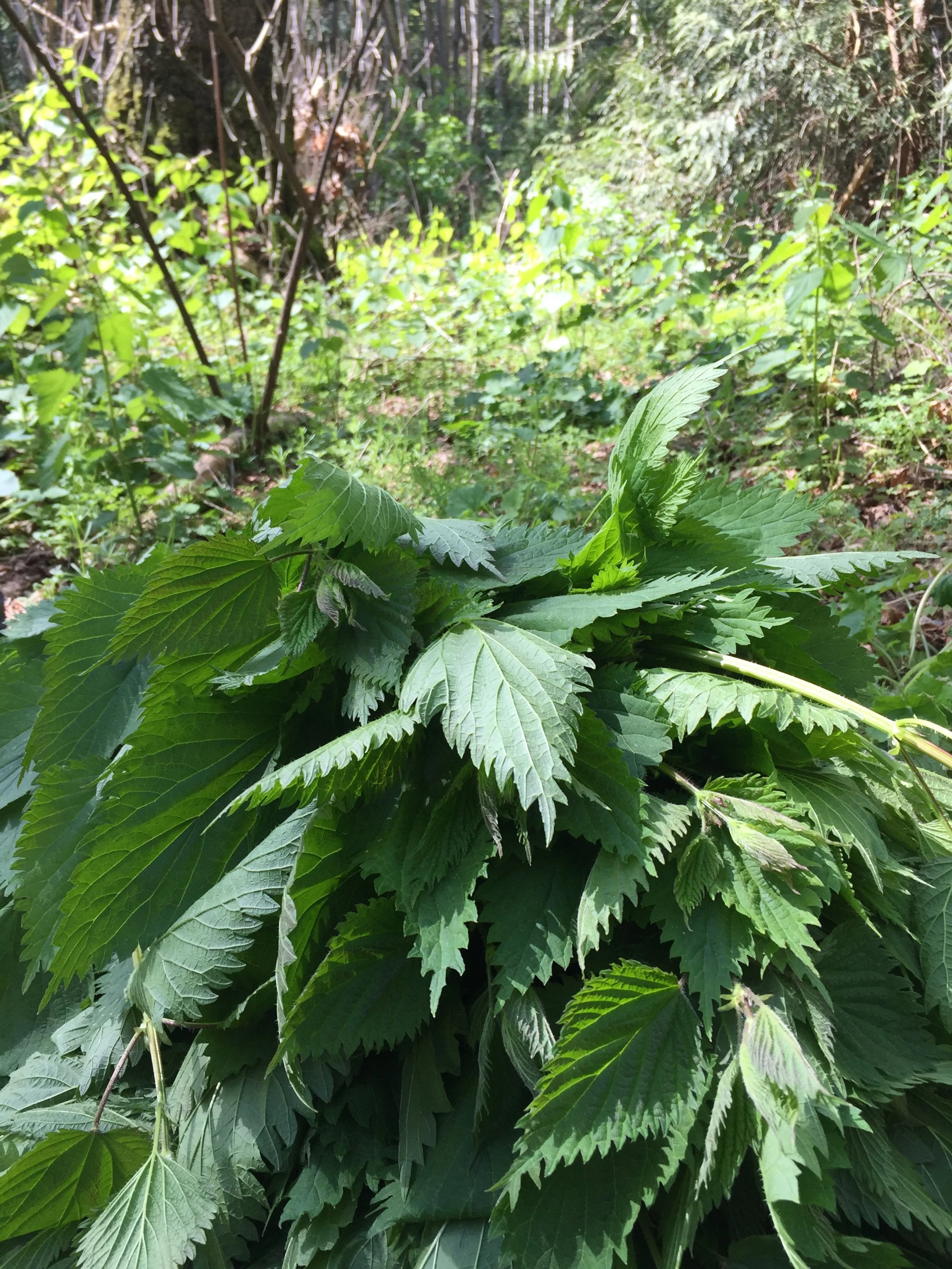-

Medicinal Uses of Seaweeds (2008)
Here I will discuss seaweed’s primary and secondary metabolites and some of their respective peculiarities and therapeutic uses. References are provided for further information….
-

Sea Vegetables for Food and Medicine
The terms "seaweeds" and "sea vegetables" are used interchangeably herein and refer to the large, visible macroalgae growing attached to each other, rocks, and the seafloor in the intertidal zone and shallow seawater. Microalgae, phytoplankton, cyanobacteria (blue-green algae) and eel grasses are not included. The term "sea herbs" is not used and not recommended since it compromises the true cryptogamic identity and phylogenetic classification of the macroalgae, even though it is used affectionately by herbalists. The term "seaweed" is a bit misleading: with a few notable exceptions, seaweeds are actually saltwater-tolerant, land-dependent plants growing almost exclusively at the narrow interface where land and sea meet. Most must be firmly attached to something to stay in the "photic zone", where they can receive sufficient sunlight….
-
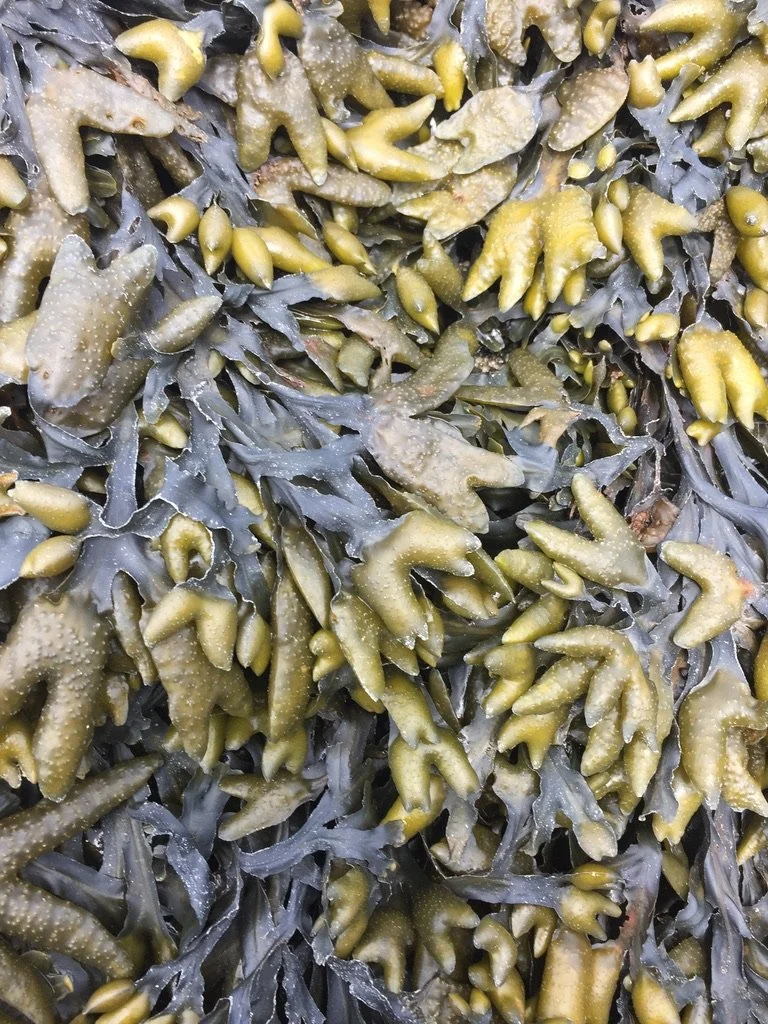
Radiation Protection Using Seaweeds (2013)
Recent Nuclear Industry events in Japan subsequent to the 11.March 2011 earthquake and resulting tsunami, generated hundreds of inquiries to me from my former patients, herbalist and naturopathic colleagues and the curious. Their questions and concerns suggested fundamental confusion about seaweeds, eating seaweeds, radioactive isotopes, radiation/radiation hazards, possible protection against radiation hazards, and possible positive remedial personal actions after exposure to known radioactive isotopes and their resulting residence in our respective unhappy bodies….
-
Devil's Club, Oregon Grape, Chaparral: Three Traditional Western Herbs in Contemporary Herbal Practice
Oregon grape species extend north to the limits of Devil's Club and south to the limits of Chaparral. All three plants have strong medicinal actions which overlap and complement each other. Their respective strong antimicrobial and antiectoparasite activities have made them extremely useful in combating disease organisms large and small. All three have a long history as medicinal plants. Each has special defense mechanisms to discourage casual herbivory: Devil's Club has fearsome spines and emetic actions; Oregon Grape has very sharp spines and varnished hard leaves; Chaparral has no spines but covers itself, leaves and stems, with a thick pungent resin that is so repugnant that no North American herbivore eats it (only US Army-imported camels have been observed voluntarily eating chaparral foliage) even though its food value is comparable to alfalfa….
-
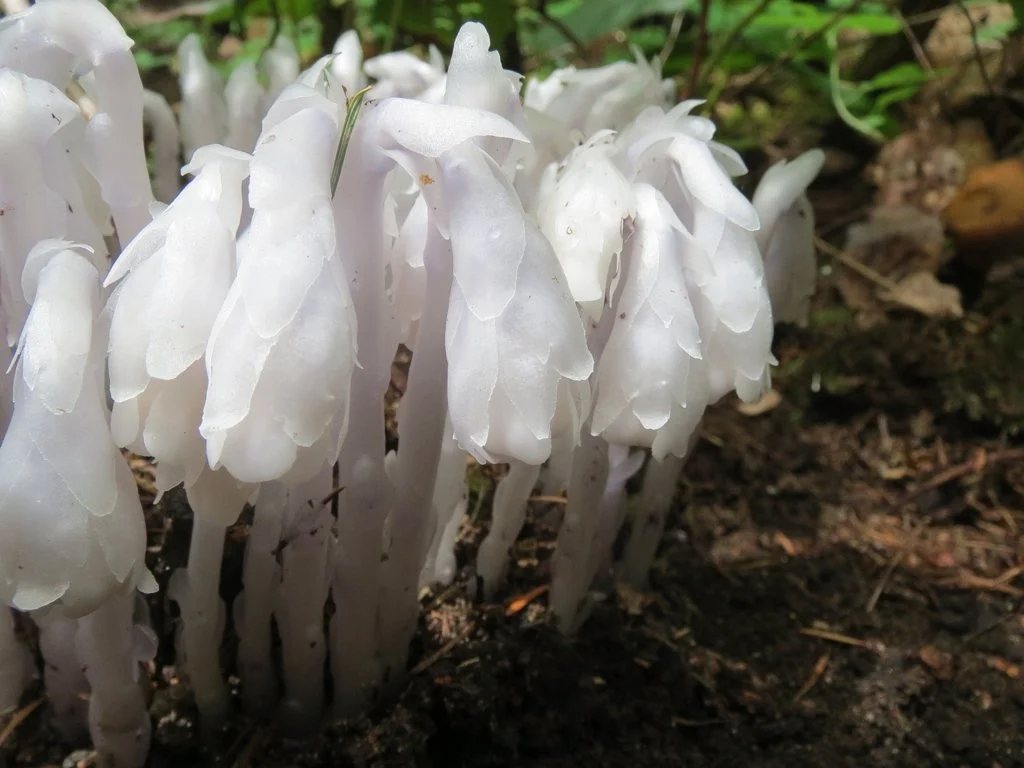
Yarrow, Queen Anne's Lace and Indian Pipe
YARROW (Achillia millefolium)
Yarrow is a very sturdy worldwide long-lived perennial temperate zone herb. The name Yarrow is allegedly of Anglo-Saxon (Dutch) origin (Mrs. Grieve) or an old Scottish name after the parish of Yarrow on the little river of the same name (L.Clark).
The oldest alleged use of Yarrow is as a funerary herb in a Neanderthal Stone Age burial in Shanidar Cave in Iraq. A swatch of Yarrow lay beside a human skeleton dated to over 100,000 BP. The plant material (including three other herbs) was stored in the Archeaology Museum in Baghdad and apparently destroyed during American bombing during the first Gulf War in early 1991. This is most unfortunate since there seems to be professional controversy, with some archaeologists claiming the Yarrow remains were rodent winter food storage (pers. Com. To RD from Prof. K. Sobolik, U. Maine)
-
Nettles, Horsetail and Mullein
Certain aspects of each herb will be presented based on personal experience with no intent to be encyclopedic.
All three of these herbs have physical hazards:
nettles leaves have irritating venom when alive and sharp silica pieces easily shed when dried, presenting eye and respiratory hazards;
horsetails have silica plates which are readily shed when dried and are hazardous for the gastrointestinal tract and the respiratory tract;
mullein emergent parts (leaves, flowering stalks, and flowers) are covered with short sharp hairs which irritate the eyes, nose and throat when inhaled, and the mouth and throat when ingested.
Caution is advised.
FULL ARTICLE -
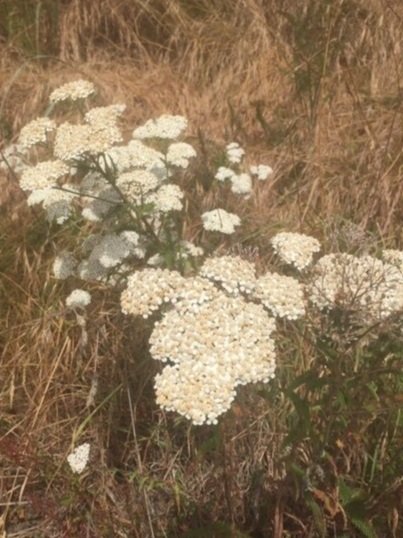
Yarrow, Indian Consumption Plant, Coral Root
The three herbs discussed here are selected for three primary reasons:
1. They all grow within a mile or much less from my cabin and are available 12 months of the year;
2. I use them regularly in my life and herbal practice; and,
3. They all can be very effective medicines in the treatment of influenza, a major contemporary public and private health concern, real or imagined.I strongly recommend them to practitioners and individuals who gather their own herbs and make their own medicines. I do not encourage the commercial development of botanical medicines from Corallorhiza spp., especially not its use as an over-the-counter medicine. These plants are very poorly studied and their different fungal symbionts and feedstocks produce highly variable and unpredictable medicine. I recommend that the sequential order of therapeutic usage for the treatment of influenza and rhinoviruses (Colds) in a single case starts with Yarrow at the first sign/symptom of probable infection followed by Lomatium during the middle course of colds, flus, and associated pneumonias, and, Coral root sparingly during recuperation.
-
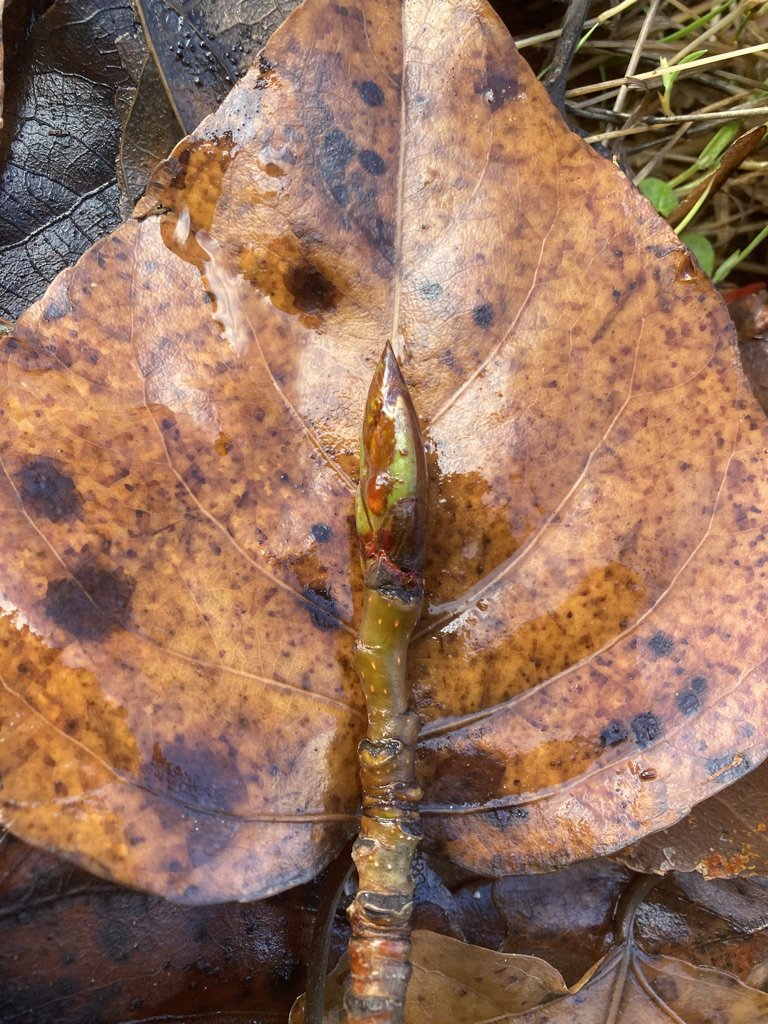
TWO BUDS AND A LEAF: Poplar Buds, Grindelia Buds and Fig Leaves
MEDICINES FROM THE EARTH 2008
These three readily available herbs contain non-water-soluble therapeutic substances: dense resins in Populus spp., viscous gums in Grindelia spp. and latex in Ficus spp. leaves and fruit buds.

